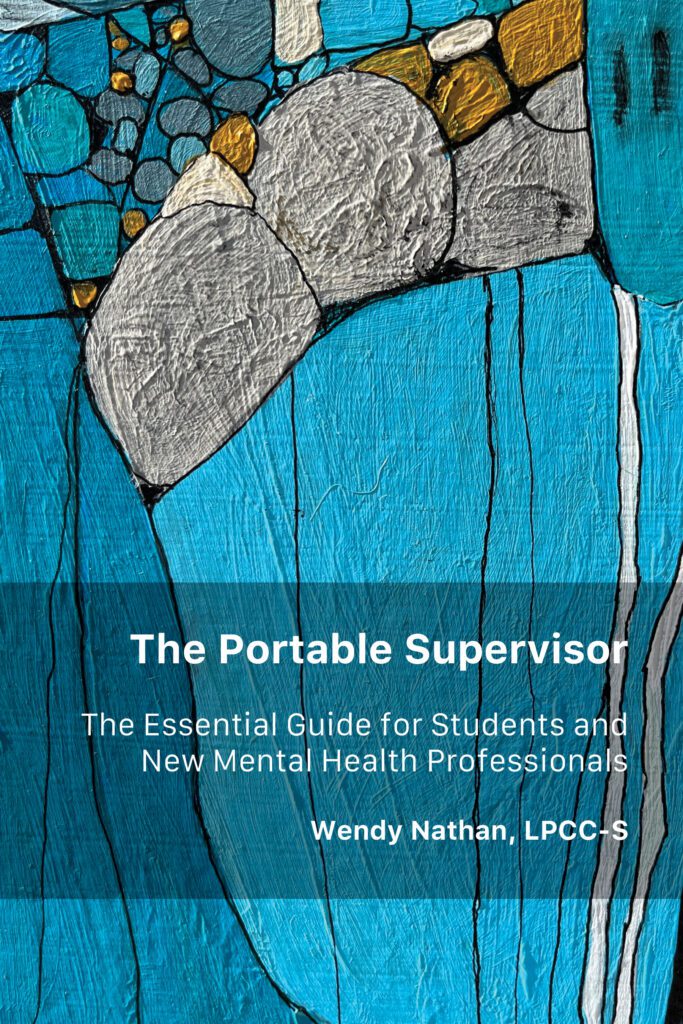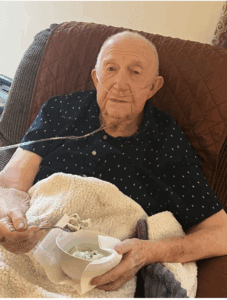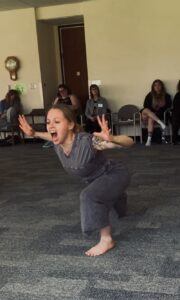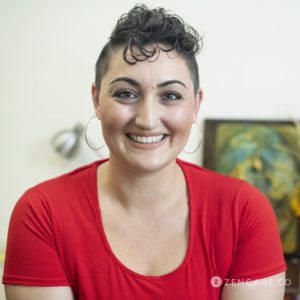An Excerpt from The Portable Supervisor: The Essential Guide for Students and Mental Health Professionals, by Wendy Nathan
Creativity in Session
I want to go there. ― Tina Fey
Everyone, absolutely everyone is creative. Period. Exclamation point! You included. Creativity isn’t limited to art or poetry or the other mainstream forms we generally use to define it. We used to believe one side of the brain was considered the “creative part”, while the other was our center for “analytical thought”. But it turns out your brain has creative centers in both hemispheres that link up with the evaluative parts of your brain. This communication back and forth helps you decide to move forward with an idea or scrap it. People labeled “highly creative” have a lot of activity going on up there and, not surprisingly, those people tend to also have higher scores on “openness to new experiences” assessments. But that doesn’t exclude those who tend toward less endeavors typically not thought of as creative from exploring, nurturing and exploiting their creative selves.
Let’s broaden your idea of what it means to be creative, but first allow me to enlighten you on The Exquisite Corpse game. Attributed to French surrealists, it’s a method by which a collection of words or images is collectively assembled and added to in order to create a piece of writing or art. You might have even done this exercise in school or at a party where you only see a small portion of what the person before you has created on a folded piece of paper, then you add your part, and so on. When unfolded, hilarity ensues. Like improv, it follows the “Yes/And” principle by adding to the experience without shutting the former down. I mention these games because a great inspiration for human creativity is working with others in a playful manner. It creates an opportunity to see something from a new perspective, both for you and your audience. Hmm. Who might benefit from seeing something from a new perspective? Your clients? Yes! You? Of course! Creativity and counseling go hand-in-hand.
Being creative in session doesn’t have to be complicated. It can simply be an idea to move in an interesting direction in the session. It can come in the form of being curious to explore a concept further. It can be a story you share that’s related and helpful to the client. It can mean inventing and sharing a guided imagery on the spot, or using a workbook that you read in session. You have an excellent imagination, even if you feel it was lost in the first or second grade.
Mark Twain said, “The human race has only one really effective weapon, and that is laughter.” Are you funny? Do you have a good sense of humor? This is an excellent creative tool you can use! Loosening up in session is just fine, as long as it has a purpose. Maybe humor will be the glue that helps you bond with a client in session. Go for it. Laughing in session can be a wonderful break from the seriousness of life, and even a useful coping tool.
Recently, a 17-year-old transgender male client of mine told me he loves to write plays. Terrific! I used his creativity and love of writing to create a play together to address his fear of speaking up and then we acted it out. It got silly, but it was good. We were bonding, which is hard for him, and we used his strengths to work on conquering his fear of speaking up. Creative writing, poetry, music, metaphor, movement; it doesn’t have to be big or elaborate. I use what I have and I look for what the client has and use it all when appropriate.
How can you generate more ways to get creative in session? I find that getting inspired helps me be more creative. What inspires you to see things differently? There are likely as many sources for creative inspiration as there are individuals. One I recently learned about is the experience of being exposed to different cultures, through travel or really any means. Does that speak to you?
Other ways to get the creativity flowing is by mixing things up a bit, turning things upside down, moving furniture, playing a game backwards, etc. These all promote creativity. Naturally, getting playful sparks creativity, as does going to an art or science museum, walking in the woods, listening to a lecture, and trying something new. Explore and discover. Your creativity is there for you to tap into and use in session.
Creativity is one of my personal defining characteristics. I’m constantly engaged in creative pursuits out of work, crafting and creating. It gives me incredible joy and energy. I think most people would refer to me as “highly creative.” No surprise that I feel comfortable bringing my creativity into sessions in lots of different ways. It’s one of the most significant ways I interact with the world and so it feels right for me to bring that particular component of my you-ness into my sessions with clients I feel will respond and benefit. It energizes both me and them. Here’s an example of one activity I created. I call it Floating Perspectives. But first, a little hint and then a little instruction.
Insight Timer is a free and wonderful app that will teach you and others a wide variety of coping skills. The app also has relaxation music. Because I am also a Mindful Dance Instructor, thanks to the program Jamie Marich created through the Institute of Creative Mindfulness, I’m trained to use movement in therapeutic ways to help clients let go of trauma, old and destructive patterns of thought, and attitudes that are holding them back. I also use movement as a path to welcoming in new ways of thinking, joy, new attitudes, and problem solving. I use music found on Insight Timer for this exercise with my clients. To make sure we don’t get interrupted, I silence my phone.
Floating Perspectives
Clients I deem appropriate for this particular exercise, especially physical learners who learn from doing and have a good imagination, are invited to stand up, close their eyes, and imagine they’re slowly and gently floating into space. I don’t look at them so they don’t feel self-conscious. Once they’re established “in space” I use guided imagery to have them imagine looking at the moon, the stars, other planets, and earth. I very much like this idea of changing perspective. Then they’re encouraged to move their arms and legs slowly, anyway that feels right for them. Mind you, they’re not moving about the room. For safety, they’re staying away from hitting anything and I help them stay in a small area. At this point I introduce the issue, feeling or whatever has surfaced in therapy and gently weave what the client is working on into the experience, then have them imagine letting it go. Sometimes they’re resistant and I offer them the agency to decide what they can and want to let go of. Once they’re able to achieve this I introduce the idea of what they might want to welcome in. I guide them through this process from beginning to end, slowly having them float back down to the room and open their eyes. This exercise takes about 10 minutes from start to finish. In one very memorable session, my client, a survivor of sexual trauma, found this exercise very powerful and healing, in conjunction with other therapy, in reclaiming her body. Did I make this up from my own wonderfully creative mind? You bet I did. Does it work with everyone I share it with? Not always. Do I get sheepish? Never. Do I try it again? You bet I do? All the time.
It won’t surprise you that I have also had clients dance in my office. We pick the client’s favorite music and just move for 5 minutes. This can really help with anxiety reduction and welcoming positive feelings. As long as there is a good purpose behind it, let your creative flag fly.
Peace and be in touch, Wendy Nathan
The book can be purchased here:
The Portable Supervisor: The Essential Guide for Students and New Mental Health Professionals














